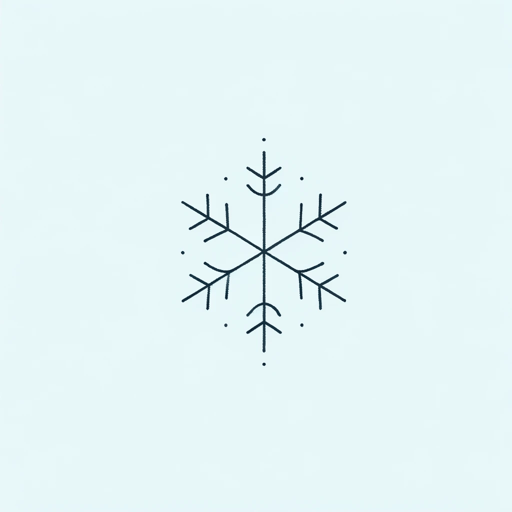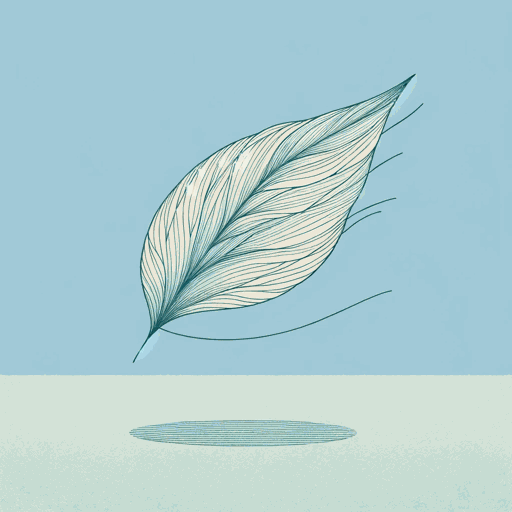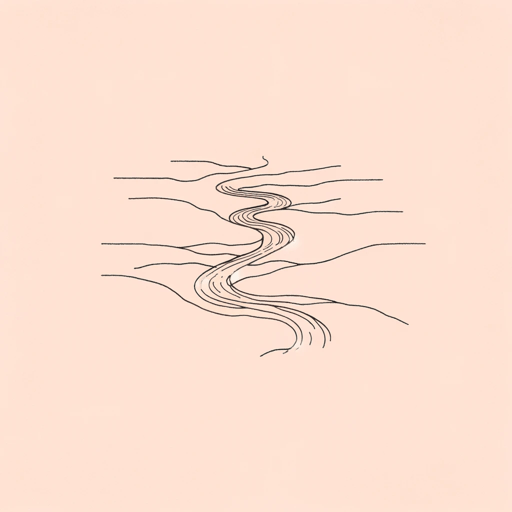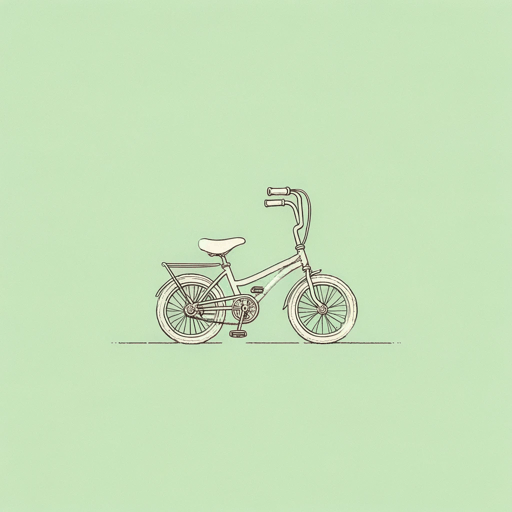16 pages • 32 minutes read
Linda PastanBlizzard
Fiction | Poem | Adult | Published in 1978A modern alternative to SparkNotes and CliffsNotes, SuperSummary offers high-quality Study Guides with detailed chapter summaries and analysis of major themes, characters, and more.
Symbols & Motifs
The Snow
Snow is often used in poetry to suggest negative qualities of the human and natural world. Snow is cold; it freezes the earth and the creatures who dwell upon it. Snow makes living difficult and makes going outside dangerous. While a blizzard would be the apex of snow’s dangerous qualities, the speaker characterizes it as less frightening and more whimsical. At worst, it is a nuisance, “tangling” (Line 11) the “knitting” (Line 16) of the trees. It doesn’t seem to know “how to stop” (Line 3); this personifying element of clumsiness precludes any sense of the snow’s malevolent cunning. It is mostly a spectacle for the speaker, igniting her imagination as she ponders similes and metaphors.
Pointillism, Alphabet, and Hive
The speaker compares the snow to other objects based on visual similarity. Snowflakes are very small, but added up they make something larger. Appropriately, the speaker compares the snow to several other things that share this characteristic. The speaker compares the snow to a bear who is “splitting the hive” (Line 36) of winter. All of these objects—pointillism, alphabet, and hive—are made up of the sum of many small parts. It is significant that the title of the poem is “Blizzard” and not “snow” or “snowflakes,” because a blizzard is likewise made up of its collective parts.
Related Titles
By Linda Pastan





